What is Amelia Dyer famous for, The Ogress of Reading?
Categories: Europe
By Pictolic https://www.pictolic.com/article/what-is-amelia-dyer-famous-for-the-ogress-of-reading.htmlHistory knows many child killers whose crimes are chilling. But all their atrocities pale in comparison to the cynical atrocities of the Englishwoman Amelia Dyer, who took the lives of more than four hundred children in the 19th century. Why did this woman kill and how did it happen that she was exposed only many years later?
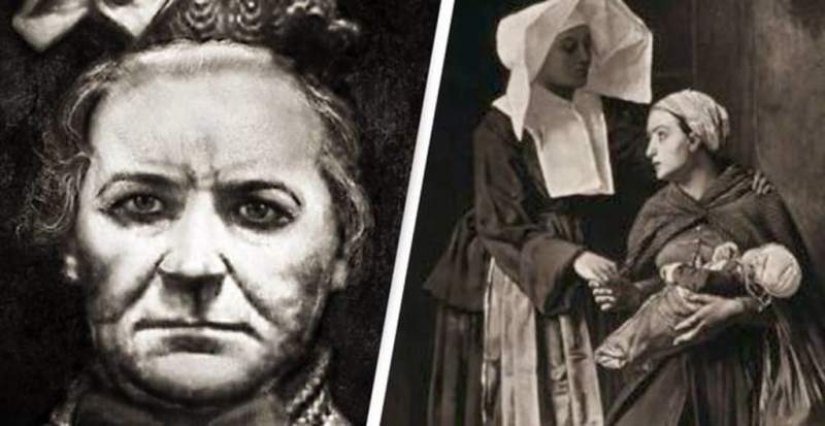
The main character of this creepy story, Amelia Elizabeth Dyer, was born in 1836 in the town of Pyle Marsh in southwest England. Unlike most serial killers and fanatics, she was born and grew up in a prosperous family. As a child, Amelia read a lot and wrote poetry, and was interested in theater and handicrafts. Her parents owned their own business and spared nothing for their daughter.
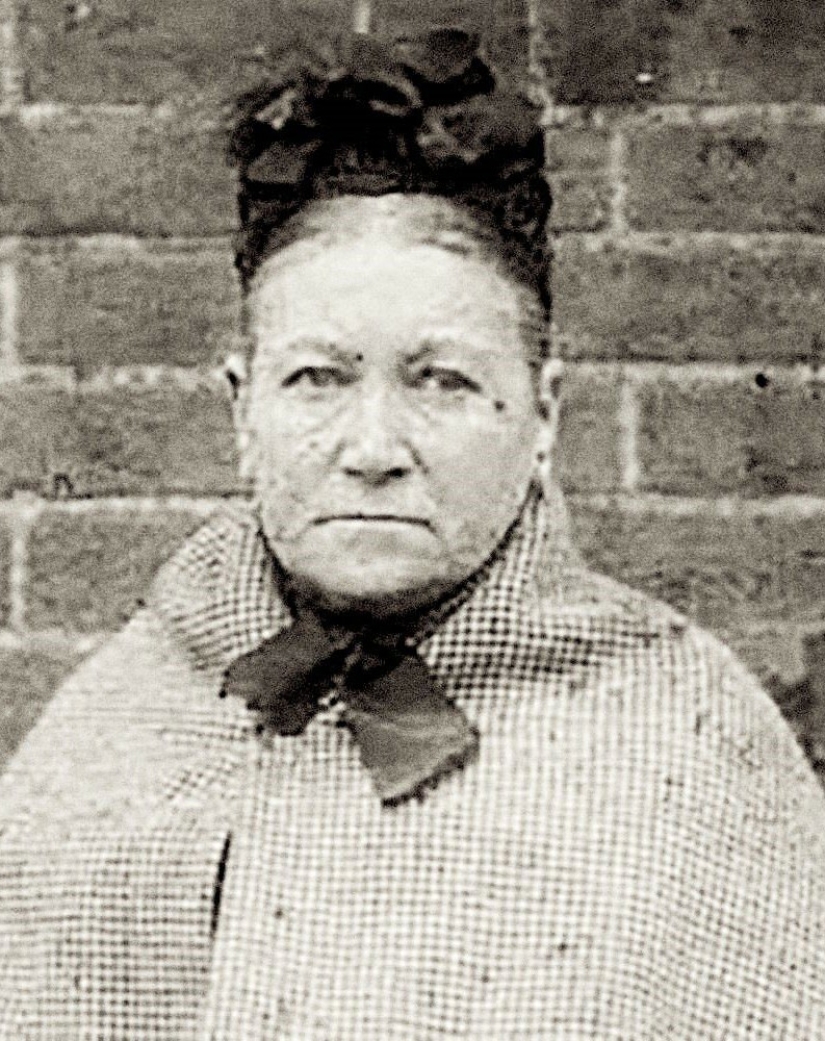
But at the age of 12, Amelia's childhood ended. Her mother became seriously ill and lost her mind. The girl had to give up her many hobbies and become a nurse for a patient who behaved inappropriately. Later, experts will say that it was this fact from Dyer’s biography that had a detrimental effect on her psyche and triggered some hidden processes in her consciousness.
After the death of her mother, Dyer left the family and began to live separately. She soon married a man named George Thomas. He was 35 years older than Amelia. The woman decided to acquire a profession so as not to sit on her husband’s neck. She trained as a nurse and got a job at one of the local hospitals.
But the family’s income was still small and Amelia was not enough for many of the joys of life. While studying, she met a nurse named Ellen Dane, who ran a private orphanage. In Victorian England, such establishments were called “baby farms” and were in demand.
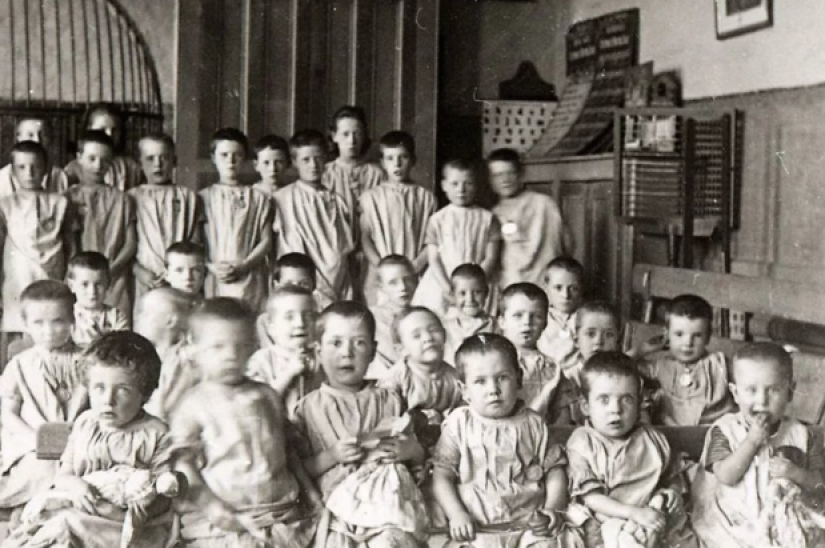
The main population of such shelters were children of single mothers. British society in the 19th century was vigilant about observing morality, and women who gave birth out of wedlock were often persecuted. Therefore, many young mothers who had money preferred to send their children to a “children’s farm” and pay for his upkeep.
Ellen Dane quickly brought Amelia Dyer up to speed. Ellen's secret to making good money was that she spent a tiny portion of the money she received on her clients. The children were malnourished, sick and soon went to another world. At the same time, it is not at all necessary to inform the baby’s mother about this - the cash flow will continue.
For some time, Amelia did not dare to start a dubious business. But her husband fell ill and died, and the family savings were rapidly melting away. Dyer had no choice but to open an orphanage. The woman did not take too much risk, because in England at that time the activities of “children’s farms” were not regulated in any way. And mothers rarely visited their children.
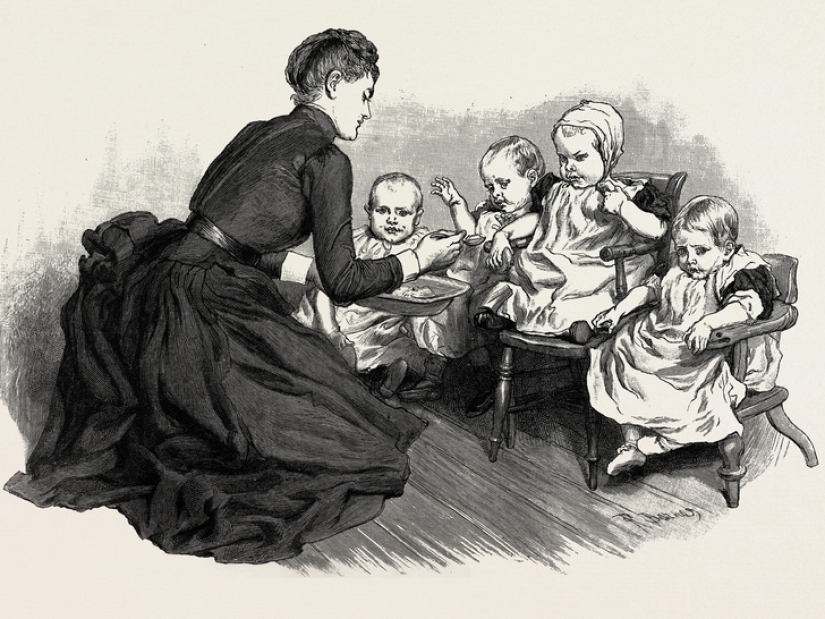
Having learned that the child had died, they almost never contacted the police, because they did not want their secret to become public, which could harm their reputation. But even if the police were interested in the child’s death, everything happened without consequences for the owner of the orphanage. In the 19th century, infant mortality was high in Europe. Usually the coroner was not too picky when examining the body and wrote in the death report something like “the baby was weak from birth” or “death from lack of breast milk.”
This attitude completely freed the hands of the hostesses of the shelters and their staff. To make children cry less, they mixed alcohol and even opium into their milk. Those who were especially restless were simply starved and they did not have the strength to play mischief. In some cases, they did it even simpler - they killed the children.
At first, Amelia Dyer worked conscientiously. The children lived in good conditions and had decent food. The shelter gained a good reputation and there was no end to clients. To gain the image of a decent family woman, Amelia even remarried. In this marriage, she gave birth to two daughters, however, she soon left her husband and the girls remained with him. Their fate was no longer a concern for Dyer, who devoted herself entirely to the shelter.
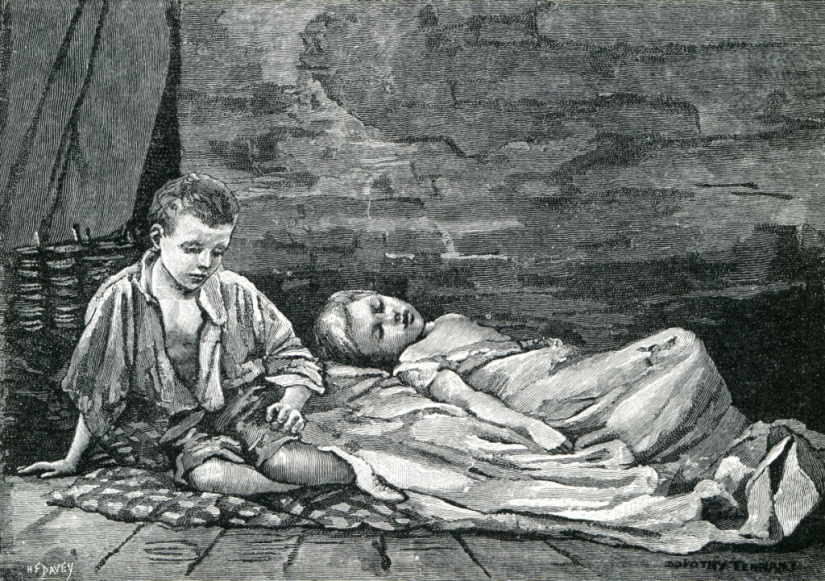
Very soon Amelia realized that if you conduct business honestly, you will never get big profits. She remembered the stories of Ellen Dane and began to be guided by her principles. At first, the owner of the shelter acted cautiously. She forgot to give the kids water or left them in the yard in the cold. Dyer avoided direct physical influences.
But soon she got the hang of it and there were so many “accidental” deaths that the police became interested in her shelter. In 1879, Amelia was arrested, tried and sentenced to 6 months of hard labor for neglect of her charges. After serving her sentence, the woman continued her activities. Only now she didn’t fake accidents, but simply killed children.
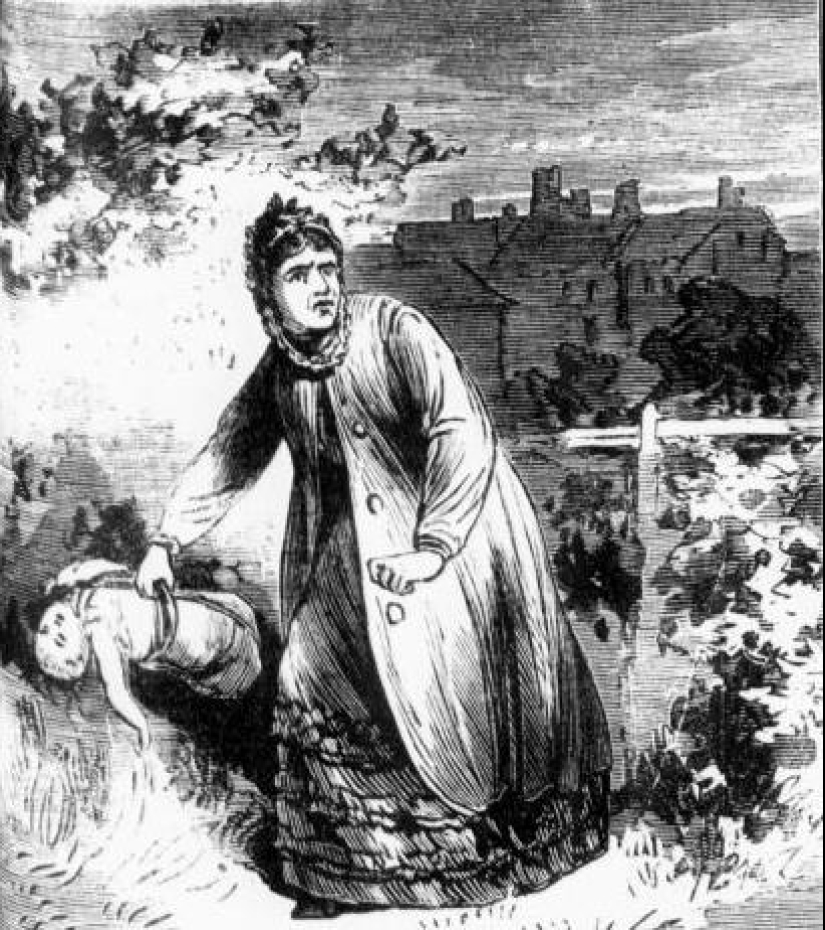
The owner of the “children’s farm” hid the bodies, and in rare cases, when the death seemed natural, she turned to the coroner. Amelia repeatedly came to the attention of law enforcement officers. Several times they wanted to put her on trial again. But Dyer learned to feign mental illness. The experience gained in childhood near a crazy mother helped. Therefore, instead of hard labor, the woman ended up in a psychiatric clinic for a short time, and then went back to her old ways.
Over time, the killer established a relationship with one of the daughters, Polly. She got married and raised her children, but for some reason agreed to become her mother’s accomplice. The young woman helped Amelia hide the bodies of the murdered children. Most often, the corpses were simply thrown into the Thames, which at that time served as the city sewer. To do this, the women found a secluded place near Caversham Lock, where there were no prying eyes.
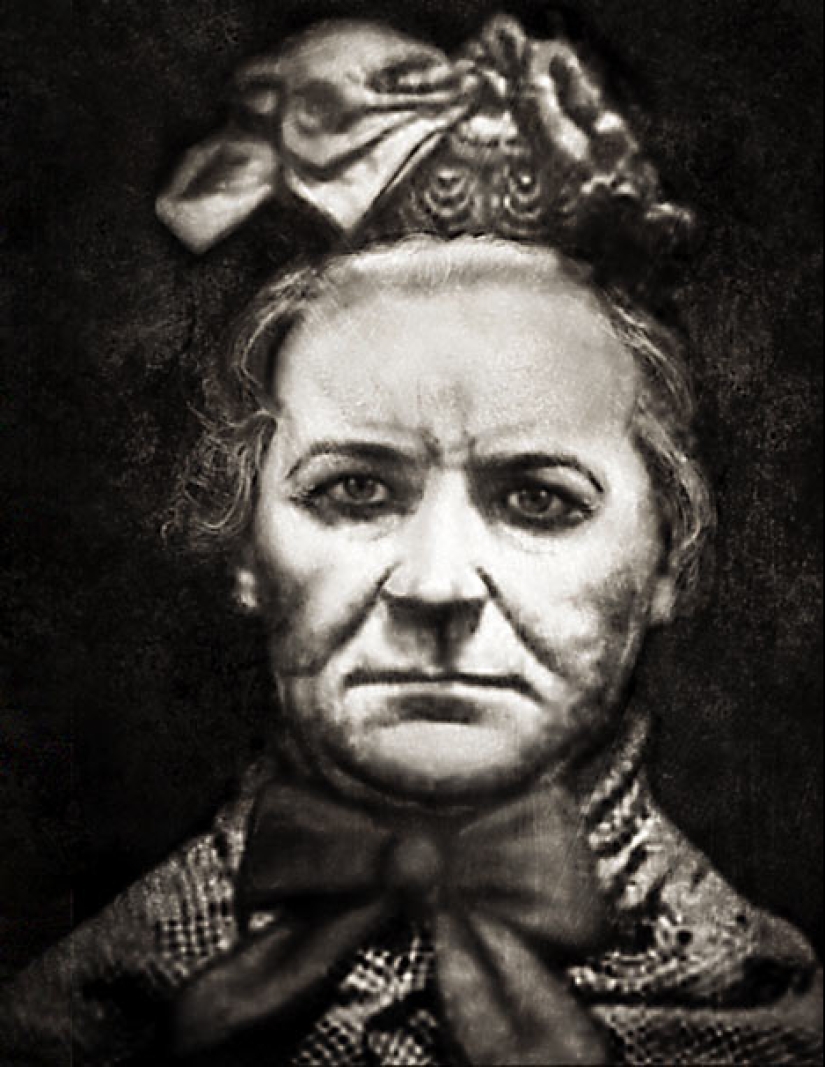
The family business flourished on children's blood, and money flowed into Amelia Dyer's hands like a river. But everything changed in one moment. In March 1896, the sailors of a barge traveling along the Thames saw a small package in the water. Having brought it on board, the men discovered the body of a little girl inside. She was identified as Helen Fry, having been surrendered to the shelter by her mother just a few days earlier.
Entering Amelia Dyer's "children's farm" was easy. On the corner of the diaper in which the dead child was wrapped was a stamp from the establishment with his address. This evidence became decisive in the case of a serial child killer. In order not to scare off the criminal, the police used a dummy. They sent a woman to the shelter who allegedly wanted to negotiate the placement of the child.
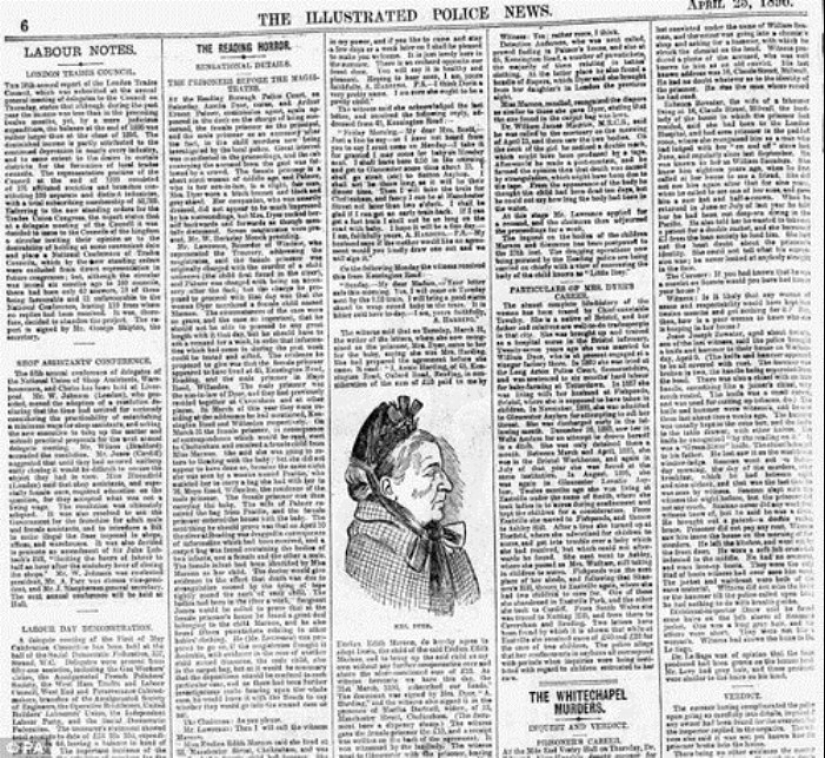
When Amelia opened the gate, the police burst into the courtyard of her shelter. Even a cursory search of the premises and surrounding areas of the orphanage revealed that Dyer had killed at least 200 children left in her care. The news of the discovery of terrible crimes quickly spread across England. The press dubbed the killer “The Man-Eater of Reading,” although Dyer never ate children.
Amelia was arrested on April 4, 1896 and was already facing the death penalty. But soon the terrible secret of Caversham Lock was revealed, at the bottom of which many children's remains were found. Despite the weight of the evidence, Amelia denied everything and after a while admitted to only one murder - a girl named Doris Marmon.
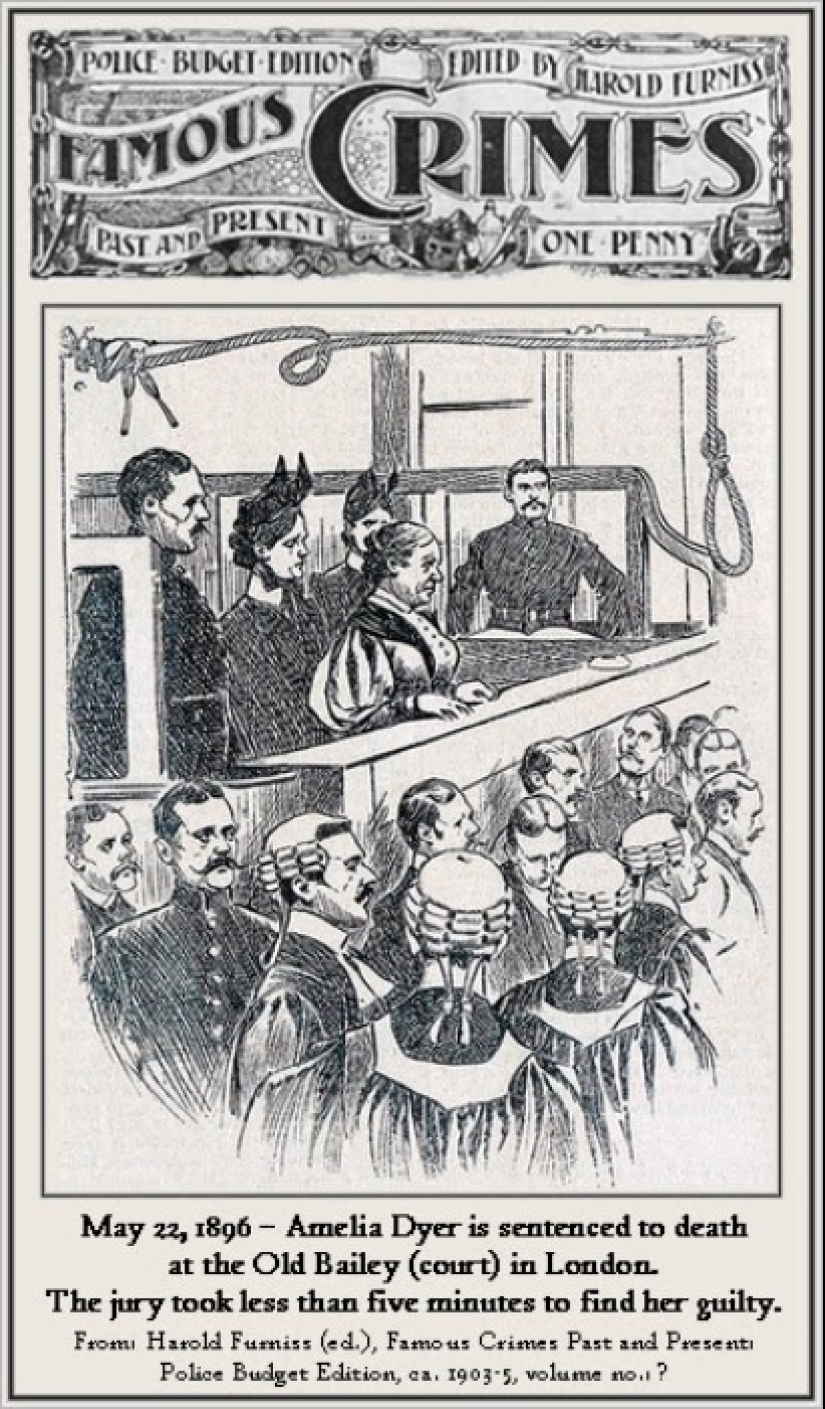
On May 22, 1896, the trial took place. Residents of London surrounded the courthouse in a dense crowd and demanded that the child killer be given to them for punishment. The jury reached a verdict in just 4 minutes. It is easy to guess that the punishment for the monster was death. On June 10, 1896, Amelia Dyer was hanged. Her last words were: “I have nothing to say.”
The investigation into the crimes of the Reading Man-Eater continued after her death. In total, investigators described more than 400 murders. Unfortunately, the story of the child killer continued. A couple of years after a high-profile trial, a barely alive baby was found on one of the London commuter trains.
It turned out that this was a child who had previously been left in the care of a certain Miss Stewart in the orphanage. But she, having received the money, abandoned the child in the carriage and disappeared. The police were able to find out that Stewart, who also called herself Mary Ann, was Amelia's daughter named Polly. Unfortunately, she managed to evade justice; she could not be found.
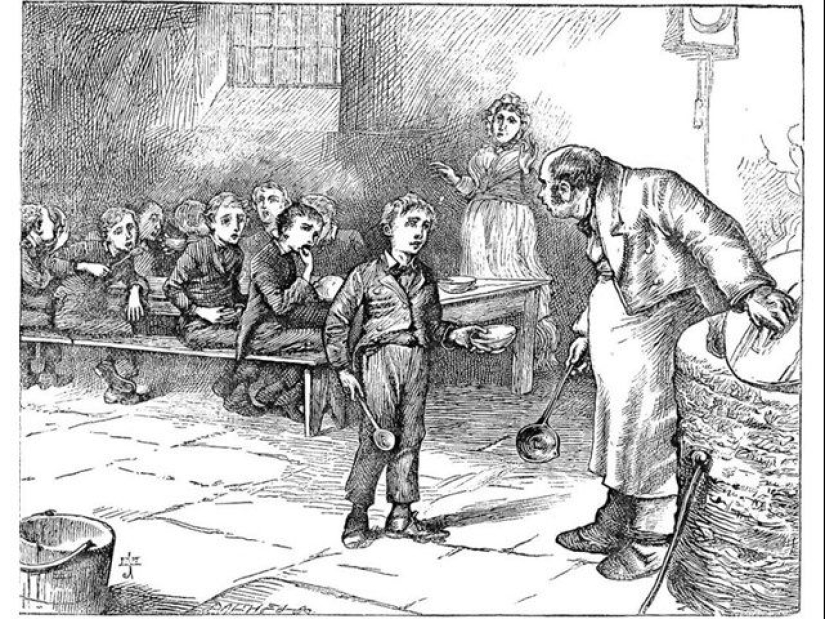
The case of the "Man-Eater of Reading" had a huge resonance in society. Thanks to him, the authorities finally paid attention to “children’s farms.” Parliament has passed several laws regulating the activities of these institutions. Despite this, child killers operated in England for a long time and, from time to time, monstrous crimes against children surfaced here and there.
Recent articles

Japan is a beautiful and amazing country, but many people know very little about it and its culture. And there is something to tell ...

Any war is always a lot of young and full of strength men deprived of female society. Such asceticism does not benefit everyone and ...

Snowfalls, children, a giraffe and sleeping in the subway-Shin Noguchi snatches truthful and unusual moments in the daily life of ...